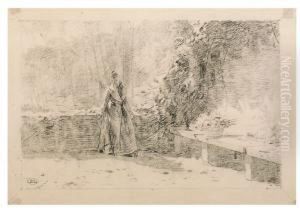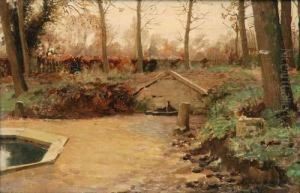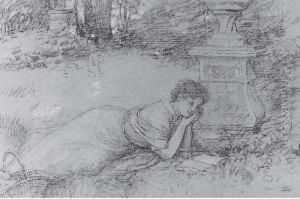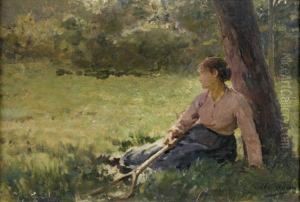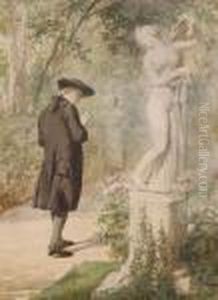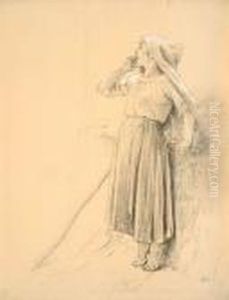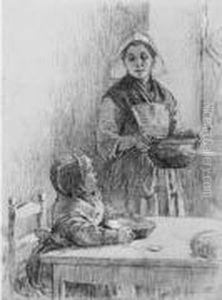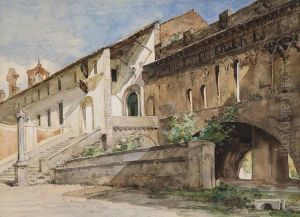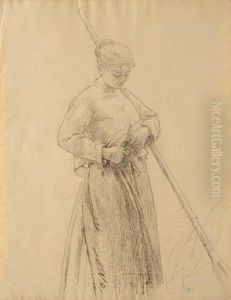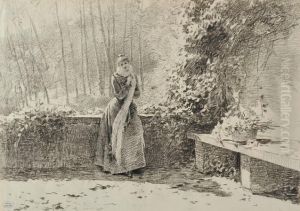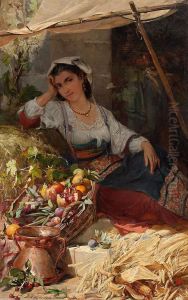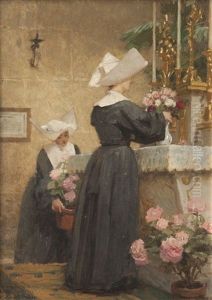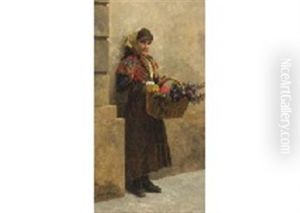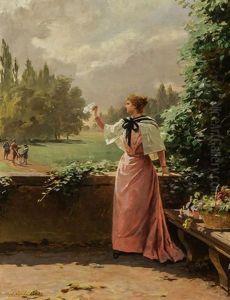Louis Emile Adan Paintings
Louis Emile Adan was a French painter born on April 23, 1839, in Paris. Adan was a student of François-Édouard Picot and Félix-Joseph Barrias, both of whom were respected painters of their time. He entered the École des Beaux-Arts in Paris, which was the most influential art school in France, to pursue his formal education in art.
Adan's artistic style was primarily academic, following the traditional methods and subjects popular during the 19th century. He was known for his genre scenes, portraits, and historical paintings. His work often exhibited a delicate and refined touch, with a focus on the interplay of light and color.
Throughout his career, Adan exhibited his works at the Salon, an official art exhibition of the Académie des Beaux-Arts in Paris. His participation in these exhibitions helped him gain recognition and acclaim in the French art scene. One of his notable works, 'La partie de bésigue,' was exhibited at the Salon of 1861.
He received various awards for his paintings, including a third-class medal in 1874 and a second-class medal in 1875. Adan's work was also recognized with an honorable mention at the Exposition Universelle in 1889, a world's fair held in Paris that celebrated the 100th anniversary of the French Revolution.
Louis Emile Adan continued to paint and contribute to the French art world until his later years. Despite the changing tides of artistic movements, such as the rise of Impressionism and Post-Impressionism, he remained dedicated to the academic style of painting.
Adan lived a long life and left behind a legacy of work that captures the essence of 19th-century French academic art. He passed away on March 7, 1937, in Bellevue, leaving a significant mark in the history of French art. His works can still be seen in museums and galleries, where they continue to be appreciated for their classic beauty and craftsmanship.






